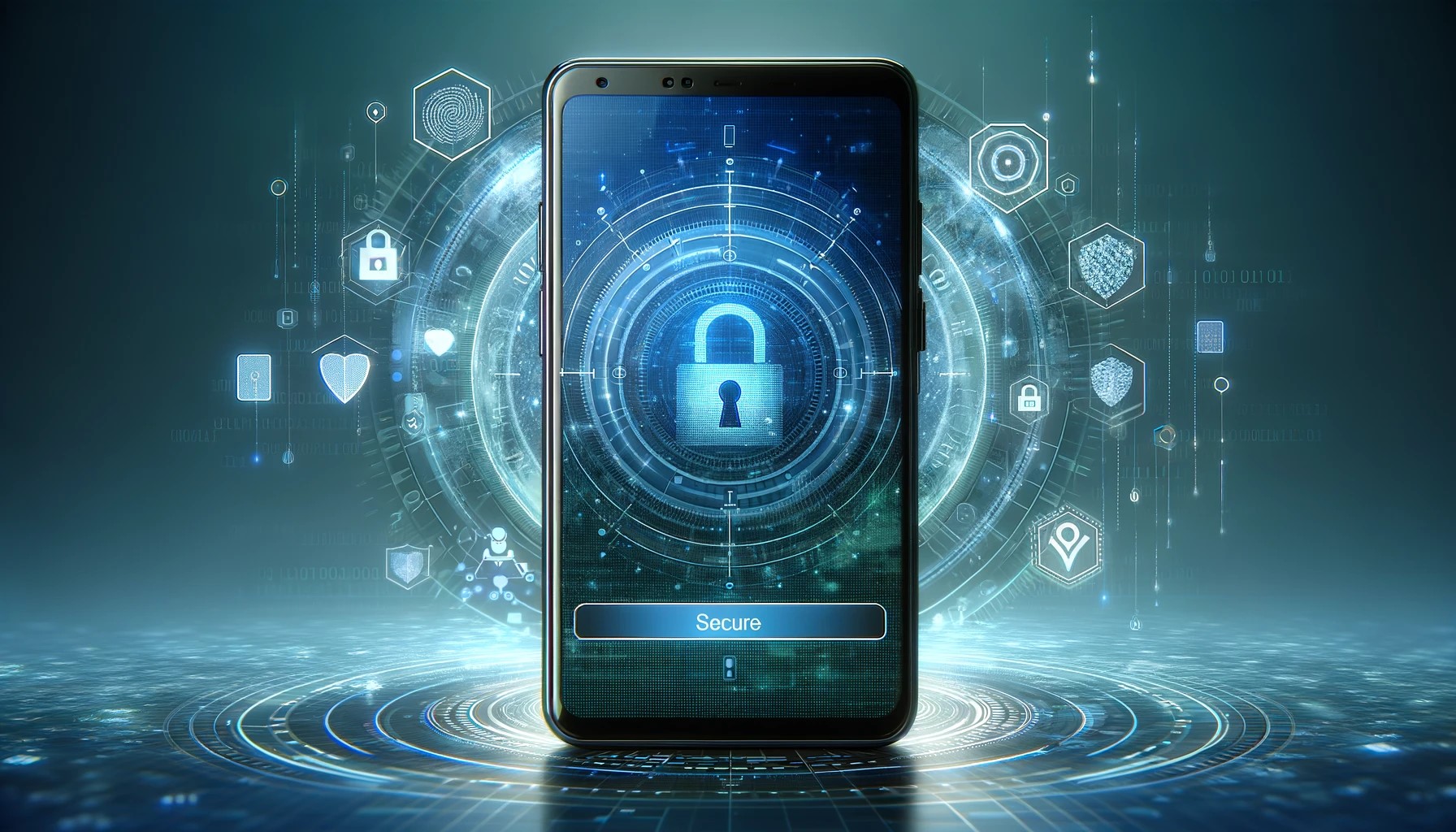In today’s digital era, the constant storage, transfer, and backup of personal and professional data across various devices have become commonplace. Among these devices, old hard drives and smartphones hold a vast amount of sensitive information, making them prime targets for cybersecurity threats if not properly protected or disposed of.
When people upgrade their technology, they often overlook the fact that their old devices still contain valuable data. Whether it’s clearing out old hard drives, passing on smartphones, or discarding outdated technology, individuals may unknowingly be exposing themselves to a range of cybersecurity risks. Understanding why old devices can be a cybersecurity minefield is crucial in safeguarding data from potential breaches.
Old hard drives present a significant cybersecurity risk due to residual data that remains even after files are deleted or the drive is formatted. This data can include sensitive information such as passwords, banking details, and business files, which, if retrieved by an attacker, can lead to identity theft, financial fraud, or corporate espionage.
Smartphones, when not properly wiped of data before being sold or disposed of, can be a treasure trove of personal information for cybercriminals. These devices often store more than just contacts and photos—they may also contain passwords, email accounts, banking apps, and GPS history. If obtained by an unauthorized party, this information can be used for malicious activities like social engineering or identity fraud.
Inadequate factory resets on smartphones or laptops can also pose cybersecurity risks, as data may still be recoverable even after a reset. This leaves the door open for malicious actors to access critical information and potentially launch cyberattacks. Moreover, older devices with weak security protocols, due to outdated software and lack of manufacturer support, are vulnerable to known exploits and security loopholes, making them easy targets for hackers.
To safeguard data on old devices, several best practices can be followed. Using data destruction tools like DBAN for hard drives and encryption for smartphones can ensure that data is irretrievable. Physical destruction of devices can also be a secure method for protecting high-value or sensitive data. Additionally, recycling devices through certified services or properly wiping external storage devices before parting with them can help mitigate cybersecurity risks.
In conclusion, old hard drives and smartphones hold a wealth of personal, financial, and professional data that must be securely erased before disposal. By implementing best practices for data destruction and maintaining vigilance about device security, individuals can reduce the likelihood of their old devices becoming gateways for cyberattacks. The cybersecurity risks associated with improperly disposed of devices are real, underscoring the importance of taking proactive measures to protect sensitive information in today’s digital landscape.


